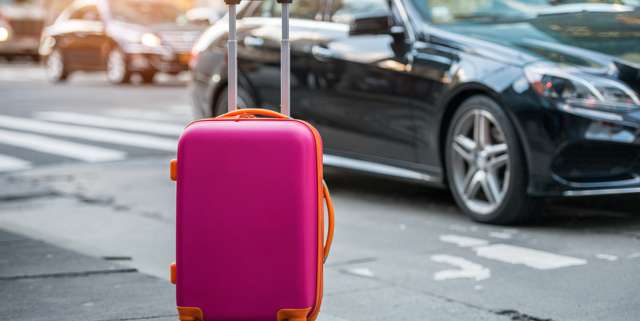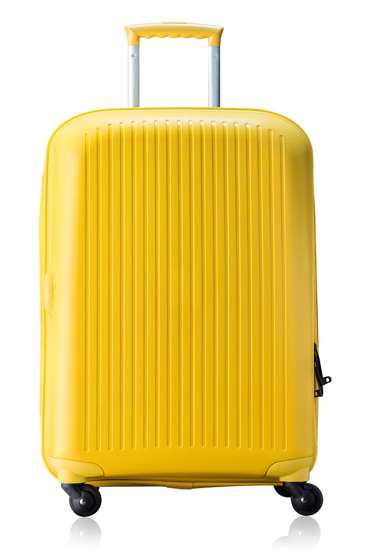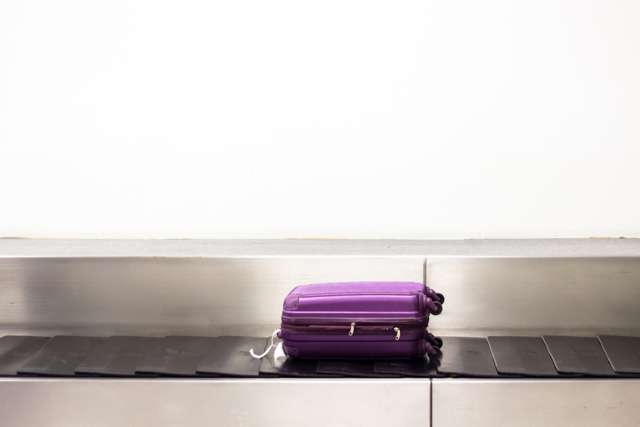
Brightly-colored pieces of luggage are often easier to identify in busy airports, making these desirable products for frequent travelers. Image Source: Shutterstock user Nick Starichenko
A traveler has finally reached his destination after a long international flight. He’s eager to get to his hotel and relax, but first, he has to wait for his luggage to arrive at baggage claim. The traveler watches hundreds of plain black suitcases circle the baggage claim turnstyle—each one looks almost identical, and his fellow travelers have a difficult time identifying their own luggage in the sea of black and grey. That’s when the traveler spots his suitcase; it’s a vibrant shade of hot pink that’s nearly impossible to miss. He’s able to quickly claim it and continue with his day.
An estimated 21.6 million bags were lost at airports worldwide in 2016—that’s nearly six bags per every 1,000 airline passengers. And in about 4 percent of these cases, passengers never picked up their luggage from baggage claim.1 In many cases, this is due to misidentification; either a passenger picks up someone else’s luggage by mistake, or a passenger isn’t able to locate the luggage on the carousel.
In both cases, having a distinctively colored suitcase may have prevented the mix-ups from happening. This is part of the reason luggage manufacturers are increasingly choosing to create bags that feature unusual colors, making it easier for their customers to identify their suitcases in a crowd. But having more colorful design options also necessitates better color quality control protocols. Color measurement instruments like spectrophotometers can help you create colorful luggage that stands out from other bags on the market.

Reframing of luggage as fashion accessories have led to a proliferation of vibrant colors. Image Source: Shutterstock user Thitirat J13



